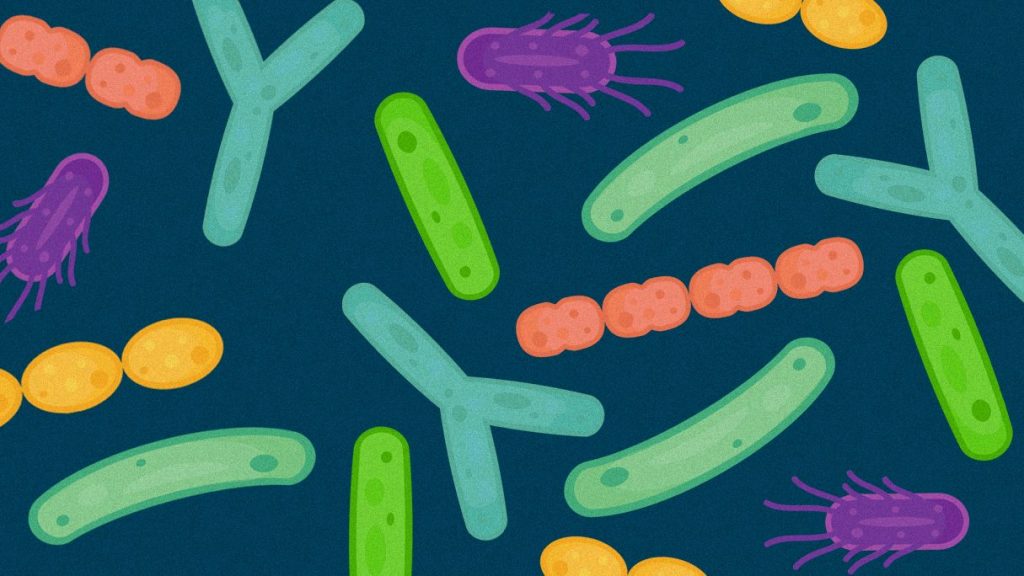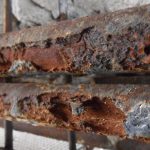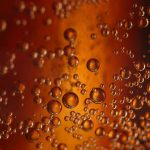
Abstract
Steel gets oxidise (corrosion) in the present of oxygen and water. Even present of oxygen in the concrete pore will not cause a corrosion at high alkaline environment. Concrete contains microscopic pores which contain high concentrations of soluble calcium, sodium and potassium oxides, this creates alkaline condition of pH 12–13. The alkaline condition leads to a ‘passive’ layer forming on the steel surface. The dense passive layer over the reinforcement prevents the alkalinity. This paper involves in the prevention of corrosion by maintaining alkalinity in concrete by using bacteria.
Introduction
Corrosion in concrete is majorly due to carbonisation and chlorination. When concrete carbonates to the level of the steel rebar, the normally alkaline environment, which protects steel from corrosion, is replaced by a neutral environment. Under these conditions the steel is not passive and rapid corrosion begins. The rate of corrosion due to carbonated concrete cover is slower than chloride-induced corrosion. Occasionally, a lack of oxygen surrounding the steel rebar will cause the metal to dissolve, leaving a low pH liquid.
Carbon-dioxide combines with water to form acid in which reduce the pH of concrete by consuming the calcium hydroxide which is formed in hydration process of cement, at low pH corrosion begins. Prevention of carbonization, prevent the alkalinity in which corrosion do not take place. Chloride in the pore of concrete involves during the corrosion only, it just acts as the catalyst in the corrosion process. Presence of chloride in concrete pore is inert at alkaline condition.
Corrosion process
When the passive layer breaks down then rust will start appearing on the steel surface. The chemical reactions are the same whether corrosion occurs by chloride attack or carbonation. When steel in concrete corrodes it dissolves in the pore water and gives up electrons:
The anodic reaction is Fe –> Fe2+ + 2e–
The two electrons (2e) created in the anodic reaction must be consumed elsewhere on the steel surface to preserve electrical neutrality.
The cathodic reaction is 2e– + H2O + 1/22 –>2OH–
The ion dissolve in the pore water would not see cracking and spalling of the concrete. Several more stages must occur for ‘rust’ to form. Ferrous hydroxide becomes ferric hydroxide and then hydrated ferric oxide or rust. This rust cause spalling and crack over the concrete as shown in fig.3.
Fig 1. anode and cathode reaction of corroding bar
Fe2+ and OH– formed in anode and cathode combined to form ferrous hydroxide and further undergoes chemical reaction as below

Unhydrated ferric oxide Fe2O3 formed in the a bow reaction has a volume of about twice that of the steel it replaces when fully dense. When it becomes hydrated it swells even more and becomes porous. This means that the volume increase at the steel/concrete interface is six to ten times . This leads to the cracking and Spalling as shown in fig.3, that we observe as the usual consequence of corrosion of steel in concrete and the red/brown brittle, flaky rust we see on the bar and the rust stains we see at cracks in the concrete. Fig.2 shows the relative volume of the iron and its oxide formed in corrosion process.





Comments are closed